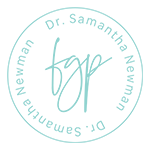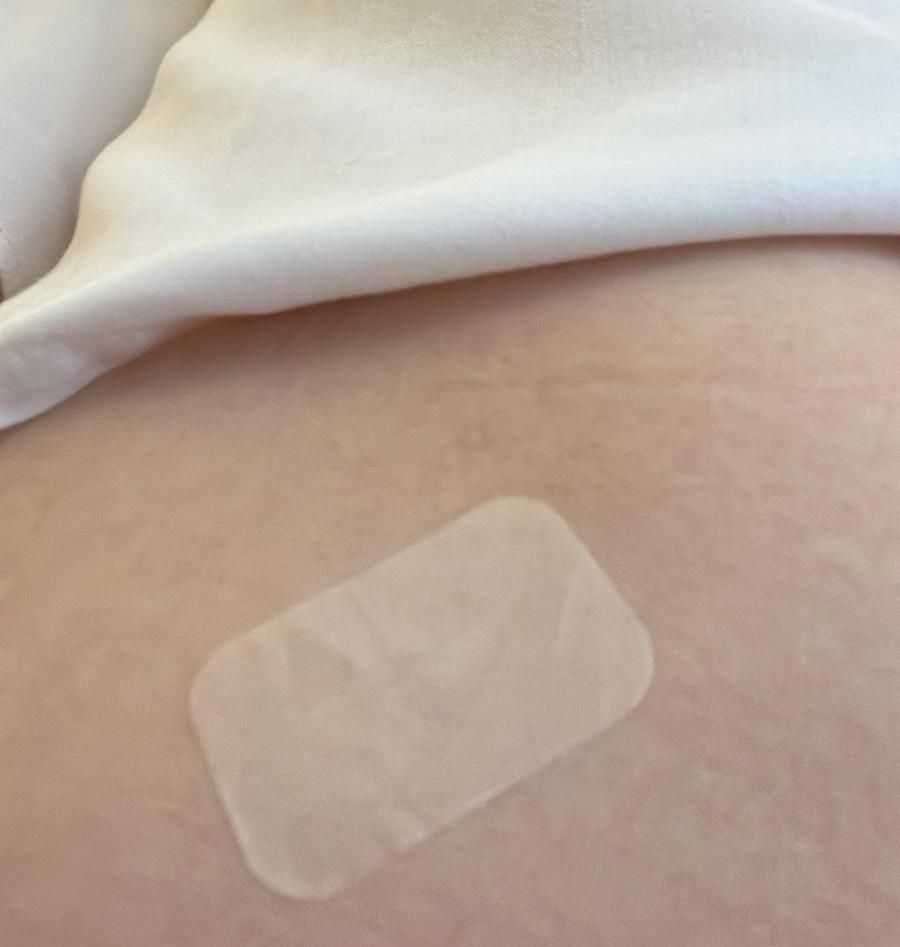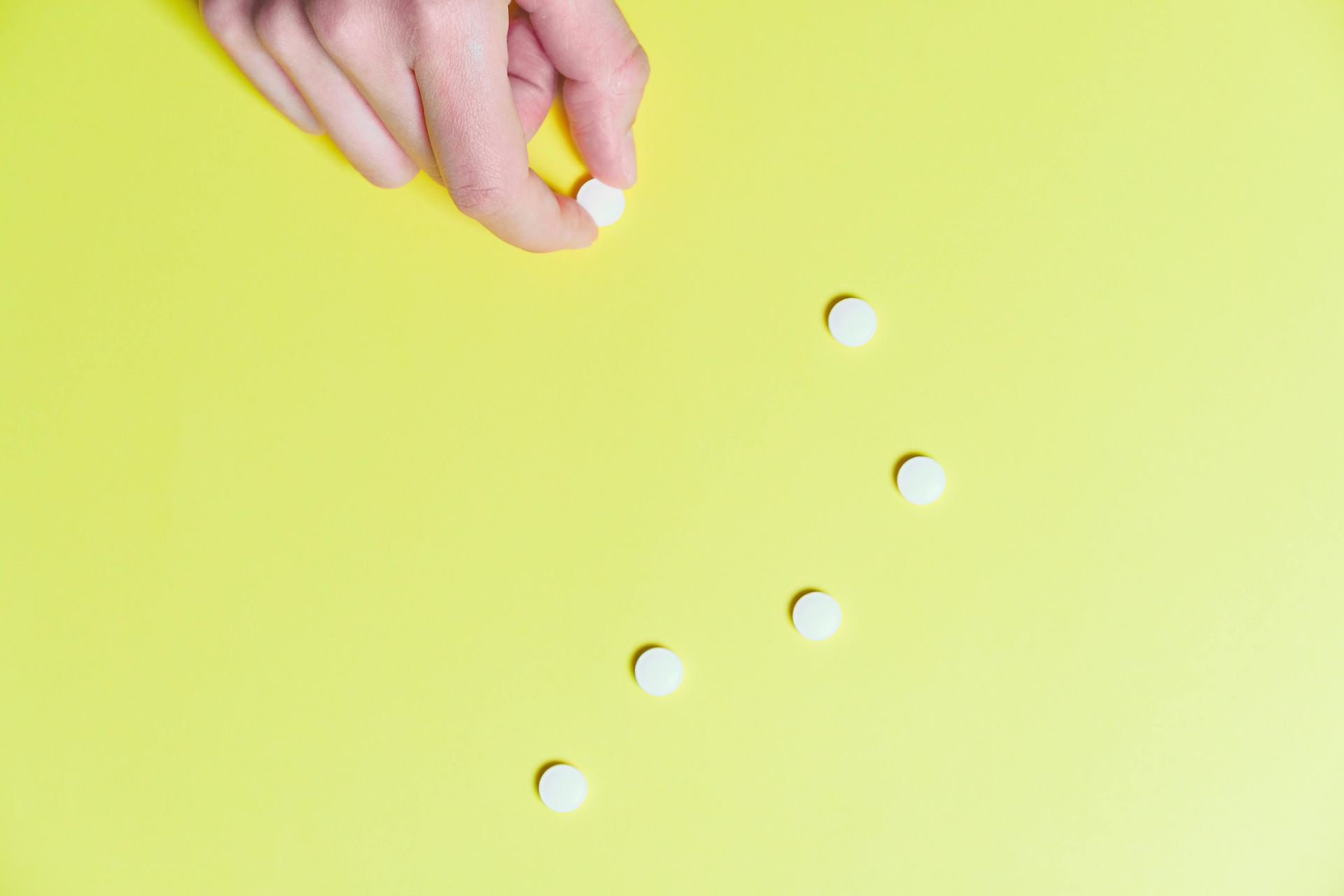INVESTIGATE: Serum Estradiol Levels
Understanding Estrogen Levels in Blood Tests
Estrogen levels fluctuate significantly depending on where someone is in their menstrual cycle or reproductive stage. To interpret blood test results accurately, it’s essential to know whether the person is still menstruating, where they are in their cycle, and whether they are using hormone therapy.
If You Are Still Menstruating or Perimenopausal
Estrogen levels vary widely throughout the menstrual cycle, often changing not just daily, but even hourly. Interpreting a blood test without knowing where someone is in their cycle can be misleading.
Here's a general guide to estrogen changes across a typical cycle:
Day 1–5 (Early Follicular Phase):
o Estrogen levels are relatively low, often ranging from 100 to 300 pmol/L.
Mid-Cycle (Around Day 14 in a 28-Day Cycle):
o Estrogen reaches its peak just before ovulation.
o In perimenopausal individuals, levels can surge to 2000–3000 pmol/L or more, reflecting the erratic hormone production of this life stage.
Luteal Phase (Post-Ovulation to Menstruation):
o Estrogen rises again after ovulation, then gradually falls in the days leading up to the next period.
Premenstrual Phase:
o Estrogen is typically low again, preparing for the next cycle.
If You Are Postmenopausal
• After menopause, the ovaries no longer produce significant amounts of estrogen.
• Estrogen levels are usually very low, often less than 38 pmol/L, reflecting the shutdown of ovarian function.
What Estrogen Levels Are Considered “Normal” on Hormone Therapy?
There is no one-size-fits-all “normal” when it comes to estrogen levels on hormone therapy. Blood levels are used primarily to assess absorption, not to target a specific number. The goal is symptom relief, not a magic number on a lab test.
That said, here are some general observations and clinical targets:
• Blood tests should be taken on Day 3 or 4 a fter applying the patch, when levels tend to stabilise.
• Many women feel best with levels around 200-300 pmol/ L.
• For those who remain symptomatic, it may be reasonable to adjust dosing to achieve levels in the range of 400–600 pmol/L. This is usually done under supervision of a doctor with extra experience in hormones/menopause. It is not known what the risks of longer term higher estrogen therapy are, however for some women the benefits can outweigh the risks. This conversation is usually very individual/personal.
• Aiming for over 200 pmol/L is generally necessary for bone health, particularly in women under 40-60 years of age.
How Much Estrogen Is Needed – Especially in Older Women?
The optimal amount of estrogen required varies depending on individual symptoms, age, and treatment goals. In older postmenopausal women, particularly those who are not using hormone therapy for symptom relief, the goal may not be to reach higher estrogen levels — instead, the focus is often on ensuring some level of absorption for long-term health benefits, such as bone protection.
• In these cases, even a small amount of estrogen for bone health may be sufficient.
• A 50 mcg transdermal patch is commonly used as a maintenance dose. This is also the dose FDA-approved for the prevention of osteoporosis.
• If the treatment is not aimed at managing menopausal symptoms, then there’s no need to pursue higher estrogen levels. The primary goal is simply to ensure that estrogen is being absorbed through the skin.
• Estrogen blood levels in this context don’t need to be high — the focus is on maintaining bone, cardiovascular, and brain health, not necessarily on achieving symptom relief.
This approach reflects the evolving understanding that “low but adequate” estrogen may still be beneficial in the long term, particularly in maintaining skeletal health, even when vasomotor or cognitive symptoms are no longer a concern.
Measuring transdermal estradiol
Are you absorbing?
In Perimenopause:
o If a check of estrogen absorption is needed, blood tests should ideally be done on Day 2 or 3 of the menstrual cycle, when the body’s own estrogen is at its lowest. This timing helps isolate what is coming from the patch or gel.
In Menopause:
o Since the ovaries are no longer producing estrogen, any circulating estrogen measured in the blood is presumed to be from hormone therapy. This makes interpretation more straightforward.
What Dose of Estrogen is Needed for Health Benefits?
Most of the long-term health data around hormone therapy — including benefits for bone, brain, cardiovascular, and urogenital health — is based on low to moderate doses of estrogen. ie transdermal patches: (25–50 mcg), oral (1mg), Gels (1-2 pumps)
These doses are often enough to provide physiological replacement and support the key systems that benefit from estrogen over time.
🔎 Key Considerations
• In younger women (e.g. with POI or early menopause), higher doses (e.g. 75–100 mcg) may be needed initially to replicate premenopausal levels — especially if there are ongoing symptoms or for bone protection.
• In older women, sometimes a lower dose is sufficient, particularly when the goal is health maintenance rather than symptom relief.
• Absorption matters — so if symptoms persist despite adequate dosing, it's important to consider how well the estrogen is getting into the system (especially with patches or gel).
📝 Summary
Most of the long-term benefits from HRT have been observed with low to moderate estrogen doses, not high doses.




